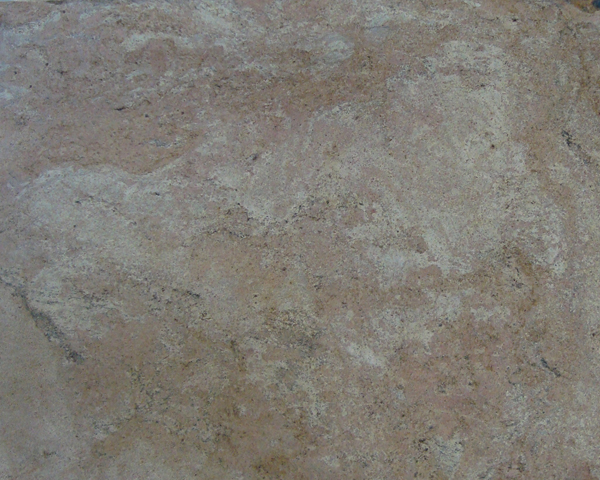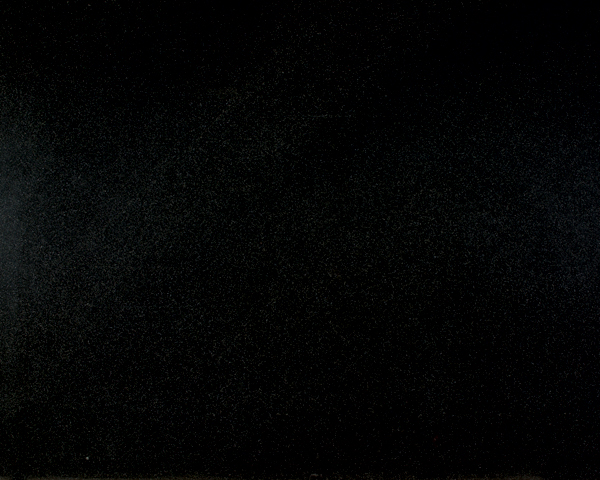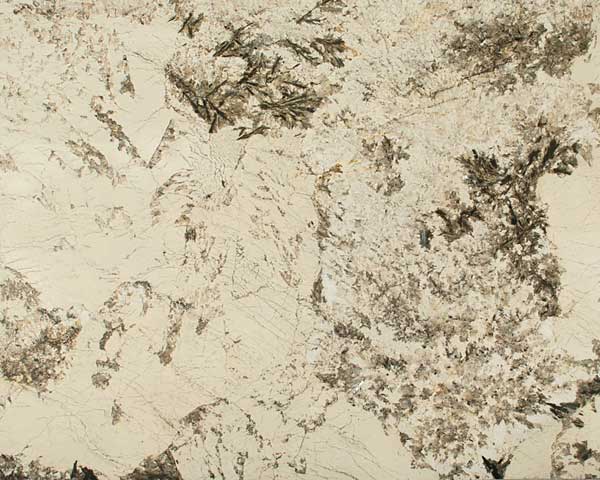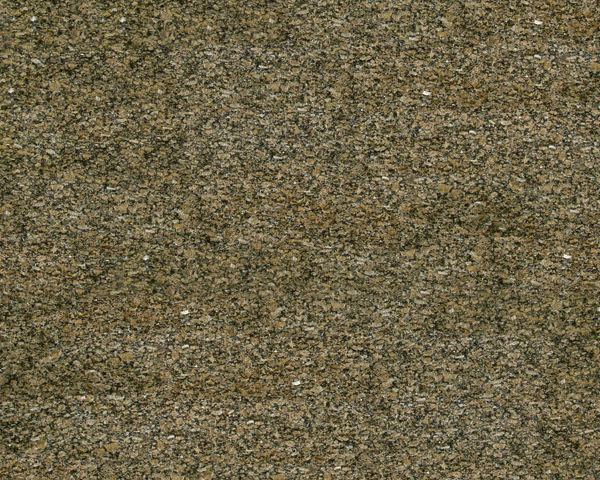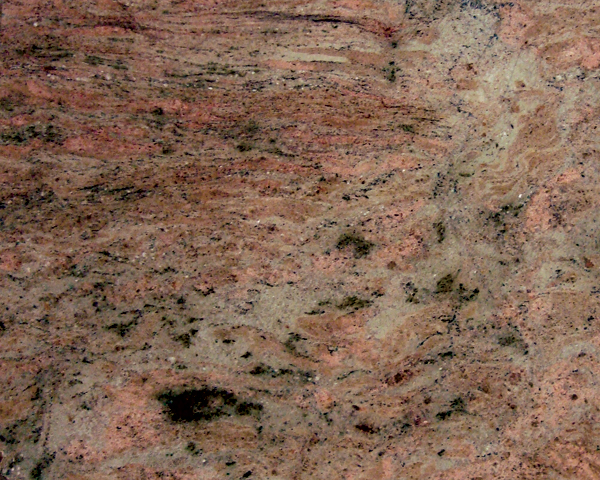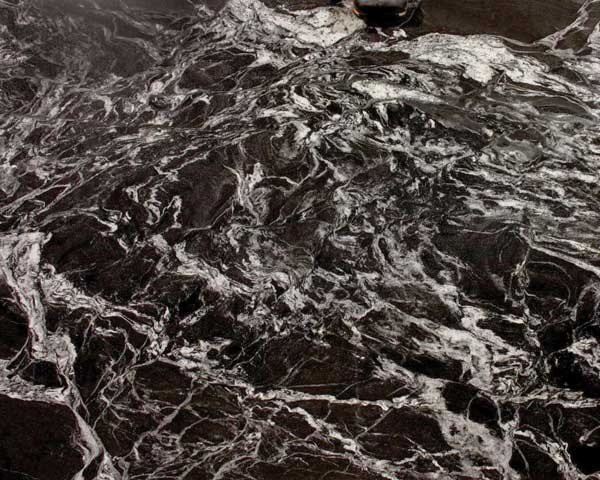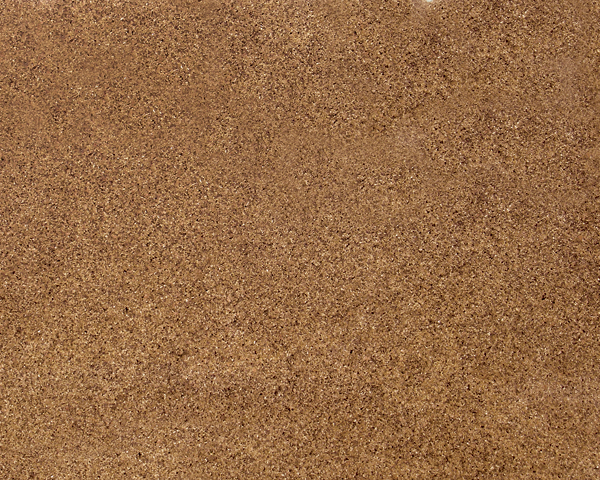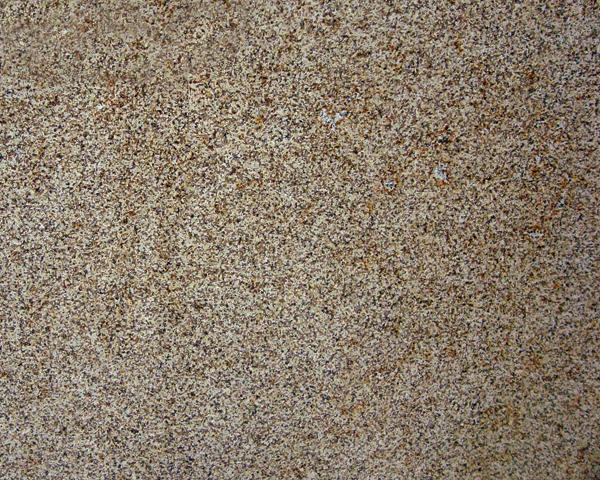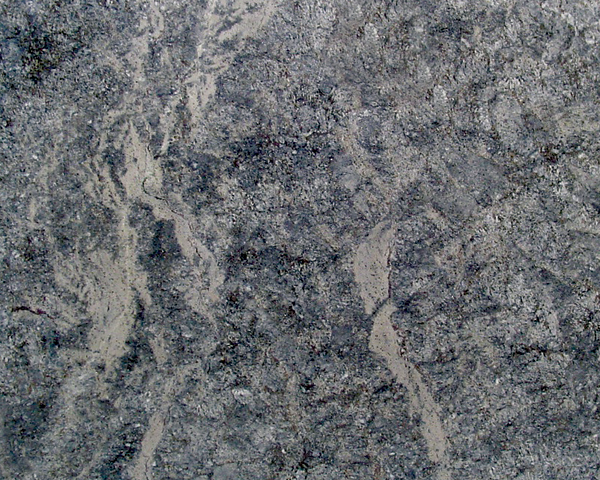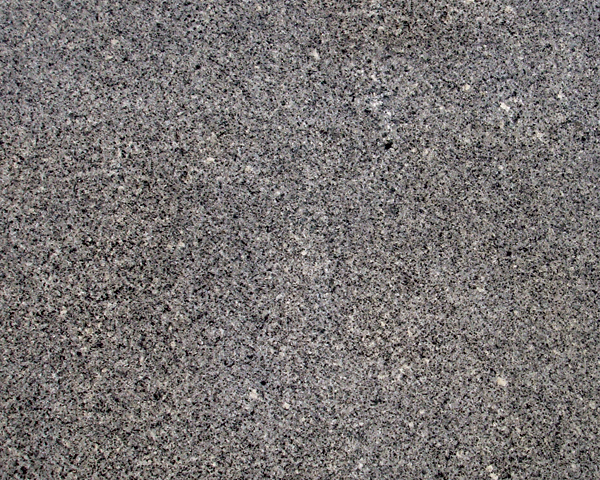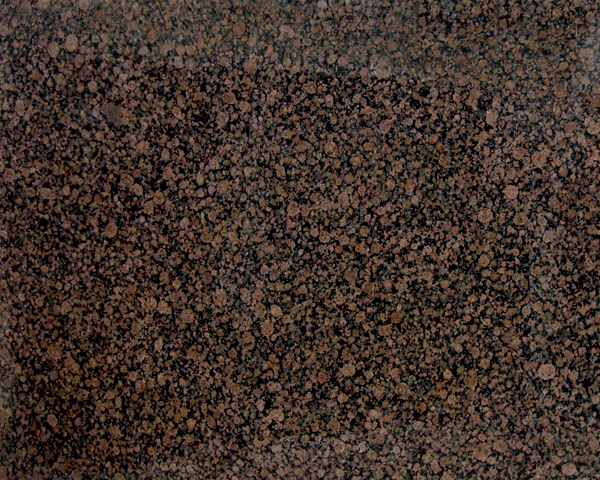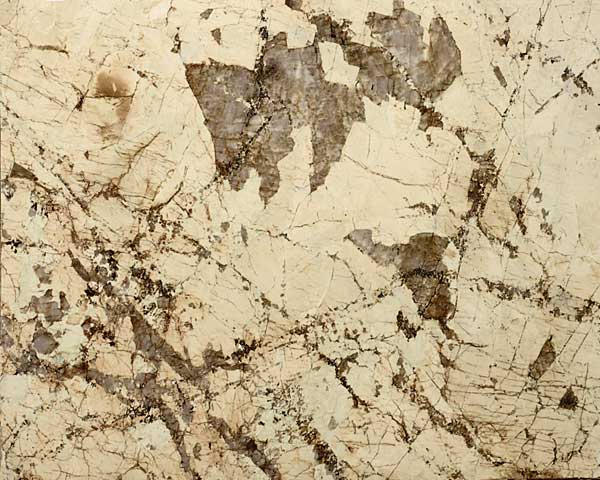Granite colors are very unique in shade, color and patterns. Granite countertops are a popular stone used for indoor kitchen countertops and outdoor applications such as barbeque countertops. Some granite has a different geological make up. Such as diabase, anorthosite, gabbro and diorite. These granites are some of the hardest of natural stones.
Granite countertops offer a very high level of resistance to scratching and abrasion. The dominant minerals in granite are resistant to chemicals that you would find in a residential setting but may have minerals that are vulnerable to certain acids.
Diamonds are the hardest mineral on the mohs scale with a rating of 10. Feldspar and quartz have a hardness of 6 to 7 and are extremely durable.
Biotites are small minerals that form throughout the slab but it is very soft and flakes easy.
All granite’s have biotites. Since biotites are very flaky. The first couple of layers is often removed when polishing causing pits. Some granite’s have more biotites than others.
The higher the biotite content, the more pits it will have. Most polished stones will have pits depending on the amount of biotites. Pits will not make the granite weaker. Pits are common in all granite’s and should be expected with a polished natural stone.
Pitting in granite countertops are a common characteristic. Granite’s are made of many different minerals. The minerals have different levels of hardness. Granite’s contain ferrous, biotite, amphibole, feldspars, quartz and a few other minerals.
Granite countertops require sealing every 6 months to 1 year depending on usage
Granite color selections are available in thicknesses of 2cm and 3cm.
Please click on our Free estimate page for further questions about granite colors or for a free estimate at the best price. Thank you so much!
